6 April 2023
New addition to the collection - a replica of a burbot (Lota lota Linnaeus, 1758).
(Lota lota Linnaeus, 1758).
We would
like to show you an exhibit that has already been exhibited at two exhibitions,
but in this form, mounted on a stand, we are presenting it for the first time.
Here is a replica of a burbot, which was made by museum taxidermist Oksana
Mbita Ebele, based on a cast of a real meter-long fish.
Burbot or
common burbot (Lota lota Linnaeus, 1758) is the only exclusively freshwater
fish of the order Gadidae.
Burbot is
more active in cold water. Spawning occurs in winter in December-February, the
most successful fishing is at the first frost from dusk to dawn. It feeds on
invertebrates and small fish. Older individuals eat juvenile bottom fish, as
well as frogs, crayfish, and mollusks. May eat decaying animals. There are both
sedentary (living in lakes and small rivers, usually shallow) and
semi-anadromous forms (for example, burbot of the Ob River). Semi-anadromous
forms make long migrations (over a thousand kilometers per year). They have
larger sizes (often more than a meter in length, weight more than 5-6 kg and
age up to 15-24 years). Females do not spawn annually, skipping one or two
seasons to restore the body’s energy reserves. Most males participate in
spawning annually.
On the
territory of Russia, burbot is distributed everywhere in reservoirs of the
Arctic and temperate zones, in the basins of the Baltic, White, Barents, Black
and Caspian seas and in the basins of all Siberian rivers from the Ob to Anadyr
along their entire length. Distributed in the Volga.
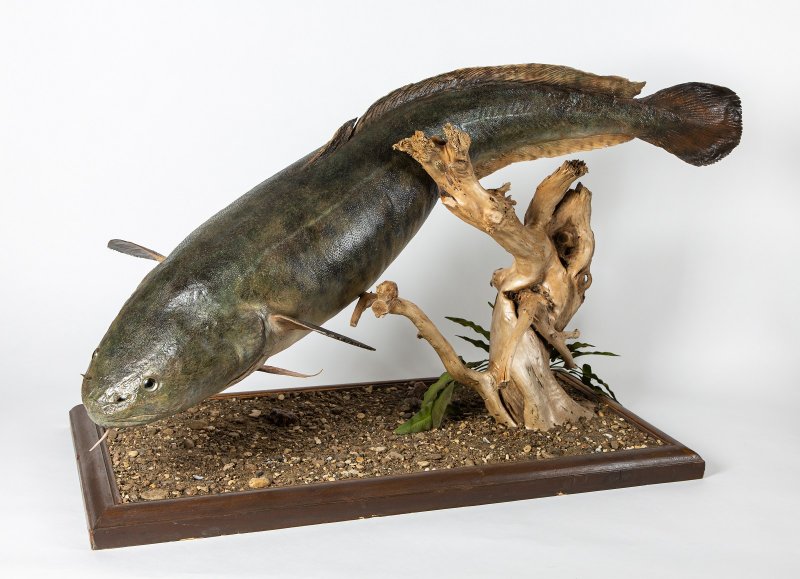
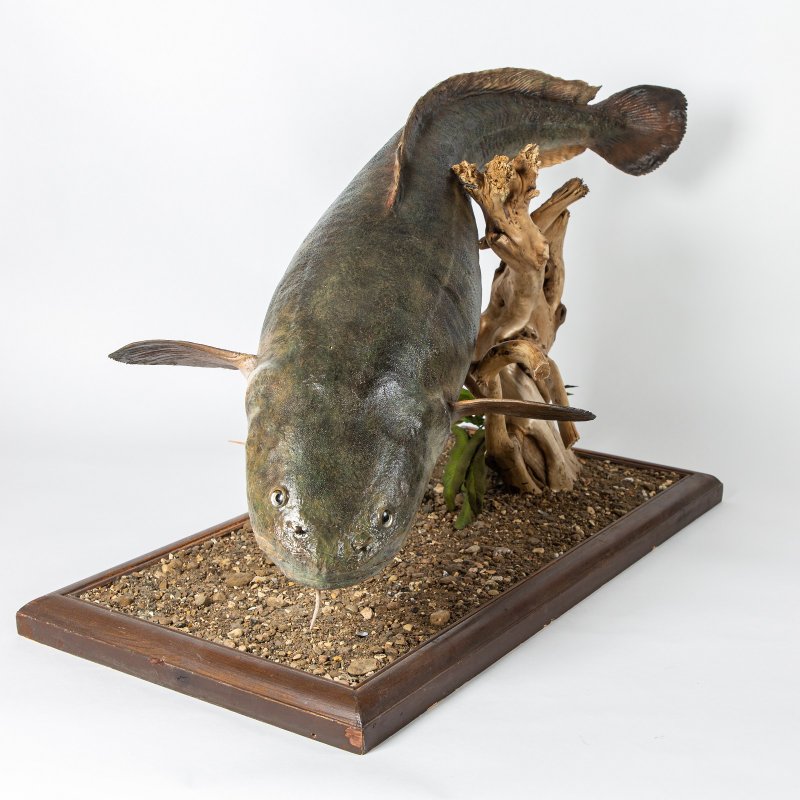
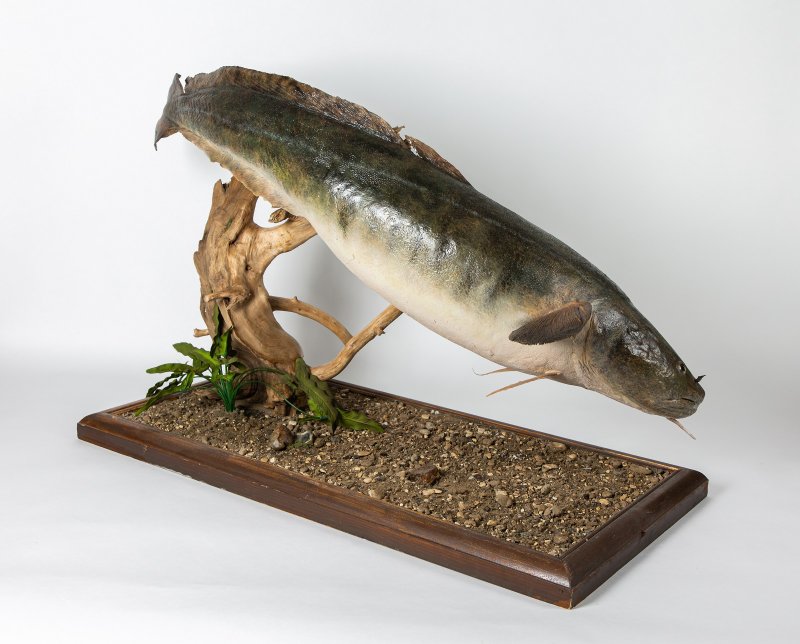
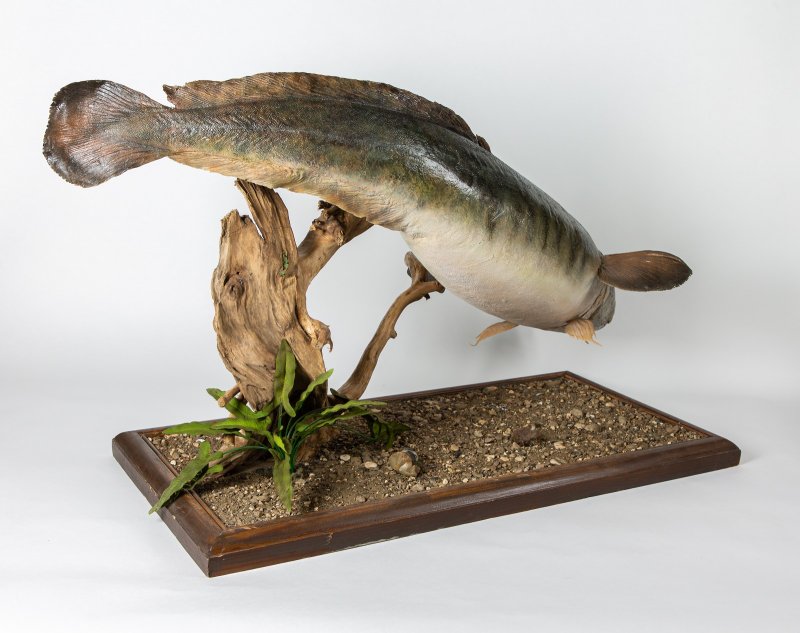
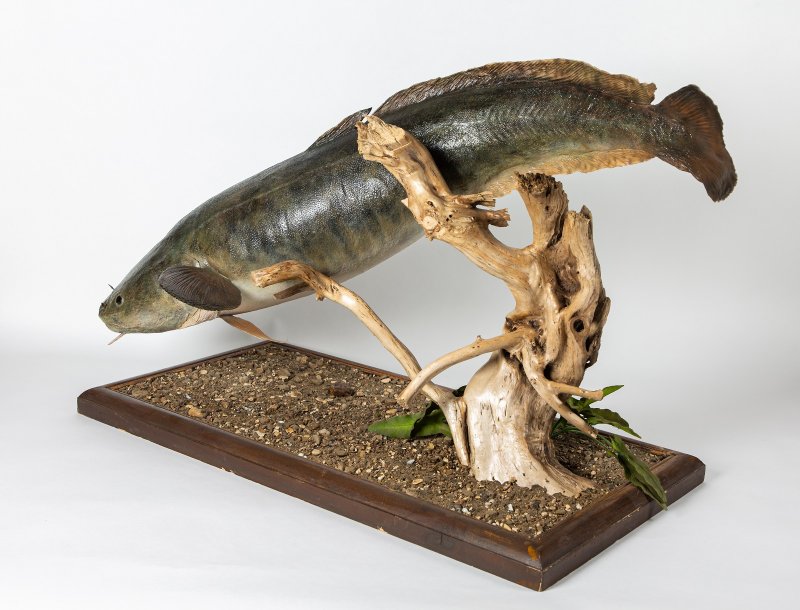
Комментарии могут оставлять только зарегистрированные пользователи











